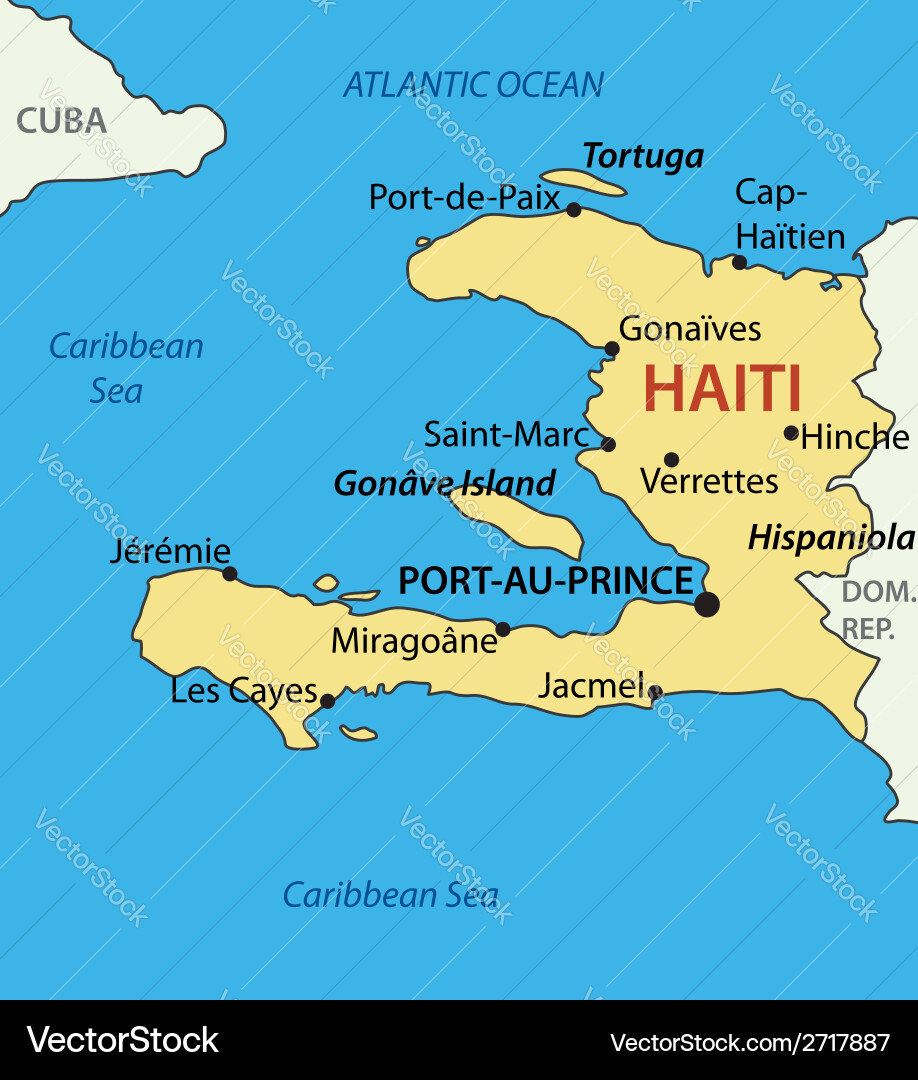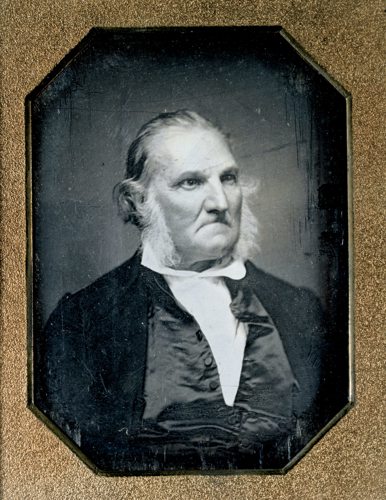Hello all! I hope you have been enjoying the new format on the website as much as I have. This week’s post was inspired by a friend of mine, Jeremy Harrill. Recently he has taught me a lot about what it means to be a woodsman, sportsman, conservationist, etc. While talking to him and reading some of his work, and well, living in the woods, I thought it would be a great idea to talk about one aspect of the woods. This aspect is something we see everyday and typically take for granted. Sometimes while working on schoolwork or around my office, I will see a small figure swoop down or fly around. No, its not bugs, but birds.
While I am not writing a short history about birds, I am writing about someone who gave way to the study of Ornithology. Ornithology is the study of birds, plain and simple. Specifically, I am talking about the conservationist, woodsman, and artist, John James Audubon. Audubon is credited for finding roughly twenty-five new species of birds as well as writing down his work into a solidified piece known as The Birds of America. Audubon would greatly help America in the realms of early 1800’s science and art.

Audubon was born to a French naval officer and a woman who was of mixed descent on the island of Saint-Domingue which is now known as Haiti. Very little is known about his mother, other than she either was from the island or had come from a plantation in Louisiana. However, there is more information regarding his father, Jean Audubon. Audubon the senior was frequently imprisoned by the British due to the hostile relationship England and France had regarding North American and Caribbean colonization. While in floating in and out of prisons, Audubon would grow more friendly toward the American independence movement and sail for America. Another interesting fact about Audubon’s father was that he had many children with various islanders, giving John James Audubon various siblings all of different ethnic backgrounds.

When John James Audubon became older, he and his father were desperately attempting to flee the French colony of Haiti and go to America. This was the turn of the 19th century where the French Revolution was in full swing. The Napoleonic Wars would soon follow devastating not just Europe but its overseas colonies. During the Napoleonic Wars, Haiti would revolt against France through the leadership of Toussaint Louverture. The French government and Napoleon would need any able bodied man to pursue his conquests, which made Audubon the senior nervous. Therefore, the two obtained false American passports and sailed to the land of new beginnings. Upon landing in New York City harbor, Audubon the younger contracted Yellow Fever. During his quarantine on the ship, Pennsylvanian Quakers taught him English and eventually took him to a small town outside Valley Forge in Pennsylvania.
Audubon fell in love with his new home which helped developed his love for the outdoors, sportsmanship, and most importantly, birds. While constantly going for walks, he observed and wrote down that the surrounding nature, trees, shrubs, bushes, grass, etc., gave way to what might be living in it. For example, a bird with a decent wingspan would be higher up in the trees, while smaller fauna would be lower to the ground hiding in the tall grass, shrubs, or bushes. His father would eventually start work in a lead mine, hoping that the use of making bullets could help the young Audubon pursue a career alongside his father. While working at the mine, he would meet another love, his future wife Lucy Bakewell Audubon.

He and his wife both loved the outdoors and birds. Before and even after they were wed, they would constantly travel around the Eastern United states painting, drawing, and taking notes on various birds. The Audubons would practice bird-banding, which is taking what would have been metal at the time and placing it on the talon of a captured bird. The band helped determine behaviorism within that specific type of bird. This greatly helped his studies. He would eventually learn the art of Taxidermy, stuffing animals, from a French doctor which in turn also helped his endeavors. The crazy thing about this was that Audubon did not consider himself a scientist because this was his hobby.
Lets fast forward to later in his life where Audubon starts to practice painting and ornithology. His first job in this field was working for what is now the Cincinnati Museum Center painting birds from their collection. He eventually decided to start a rivalry with Alexander Wilson. Wilson was a poet who had an infinity for birds, like Audubon. He was considered the top scholar for ornithology, and Audubon wanted to dethrone him of that title. Over time, Audubon would travel across America finding new species of birds, writing information in a journal, and even drawing pictures to go with his descriptions. His findings eventually led him to creating The Birds of America.

At the end of his life, Audubon had greatly improved the study of Ornithology and even brought several new methods to painting. He eventually felt the strong desire to continue to depict new birds out west, and even start a series on mammals. While studying out west, his health start to fail him and the signs of Alzheimer’s were setting in. Unfortunately, he started to fail to remember all the great things he did. One legacy that I recently learned about through my friend was the creation of the Audubon Society. In short, the society helped create bills which later would become laws through a long process, protecting various types of birds. Without his effort, many of the birds we see today may not have been here today.
I appreciate your time reading this very long post. If you would like, please comment or share a picture of your favorite type of bird!
